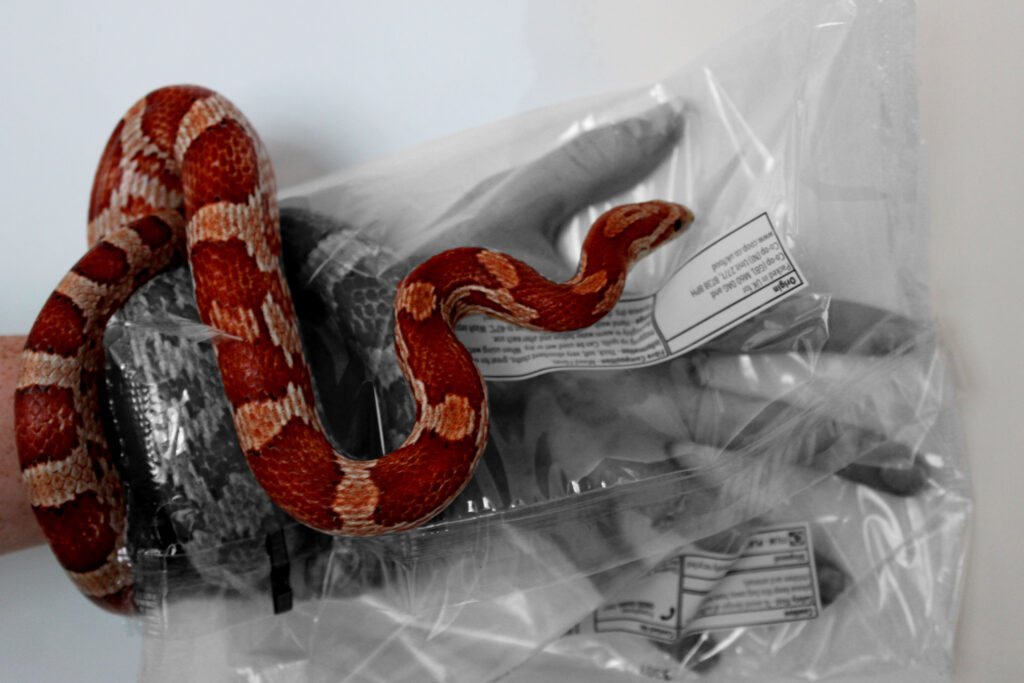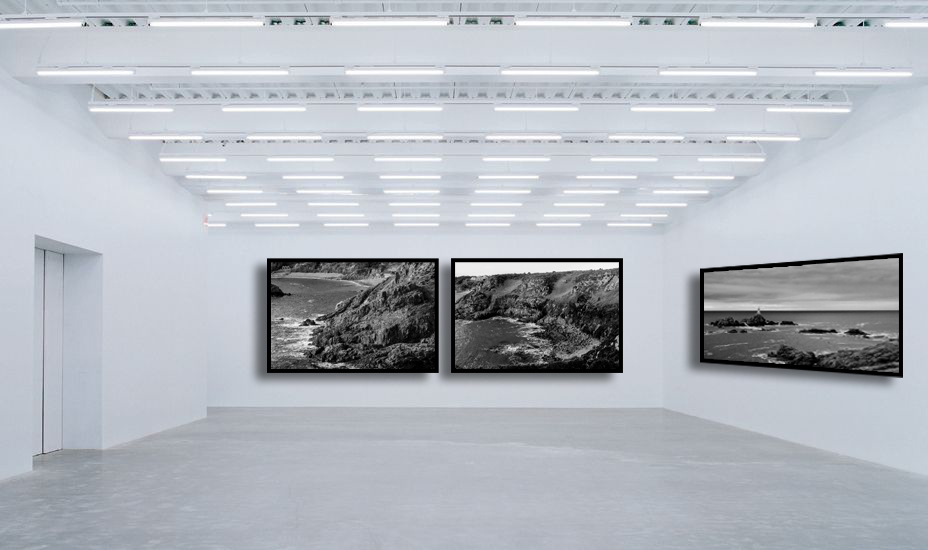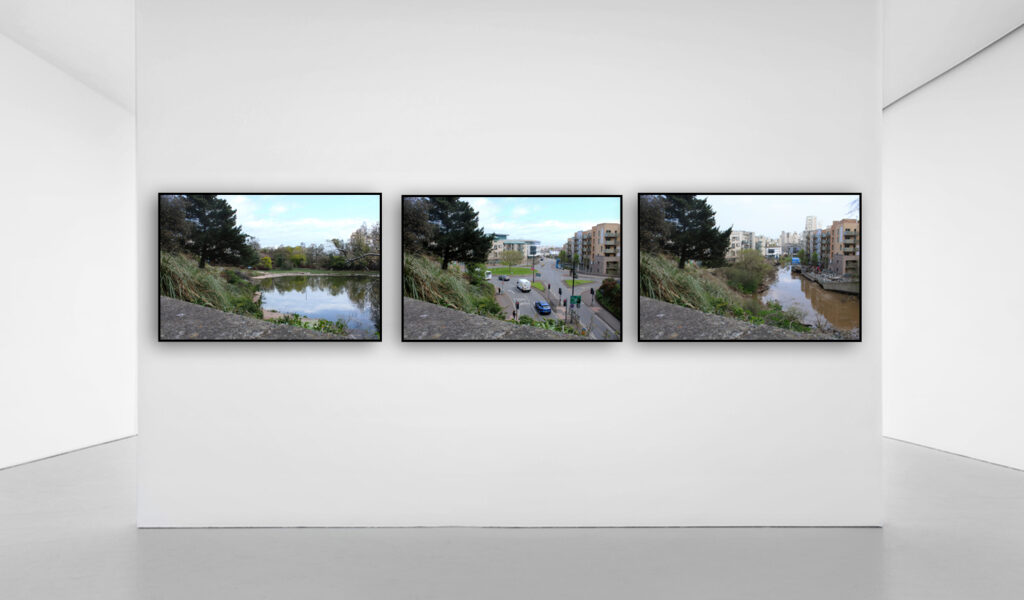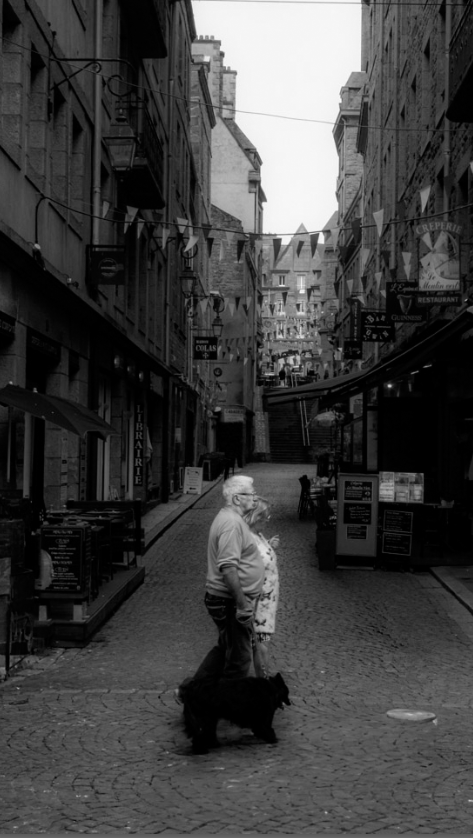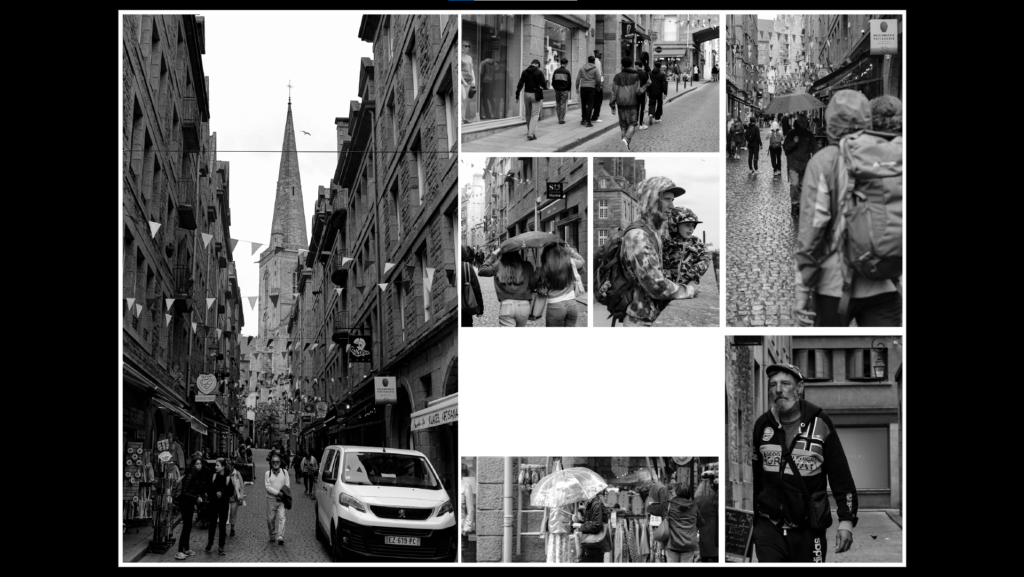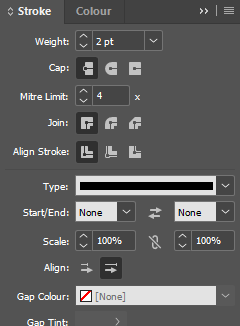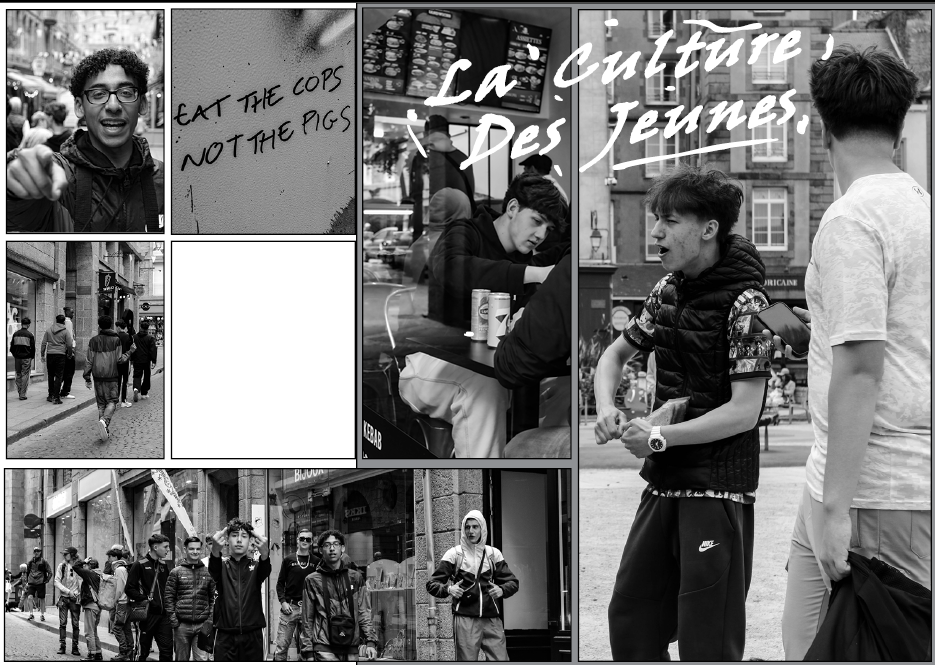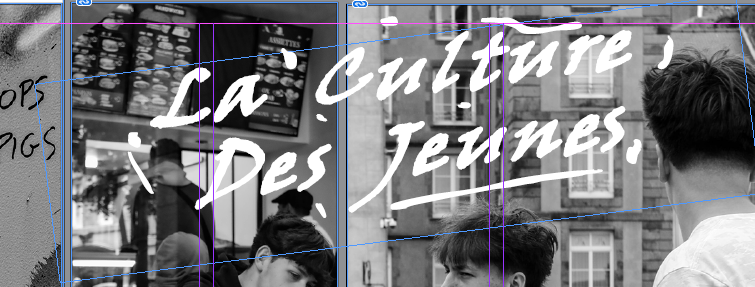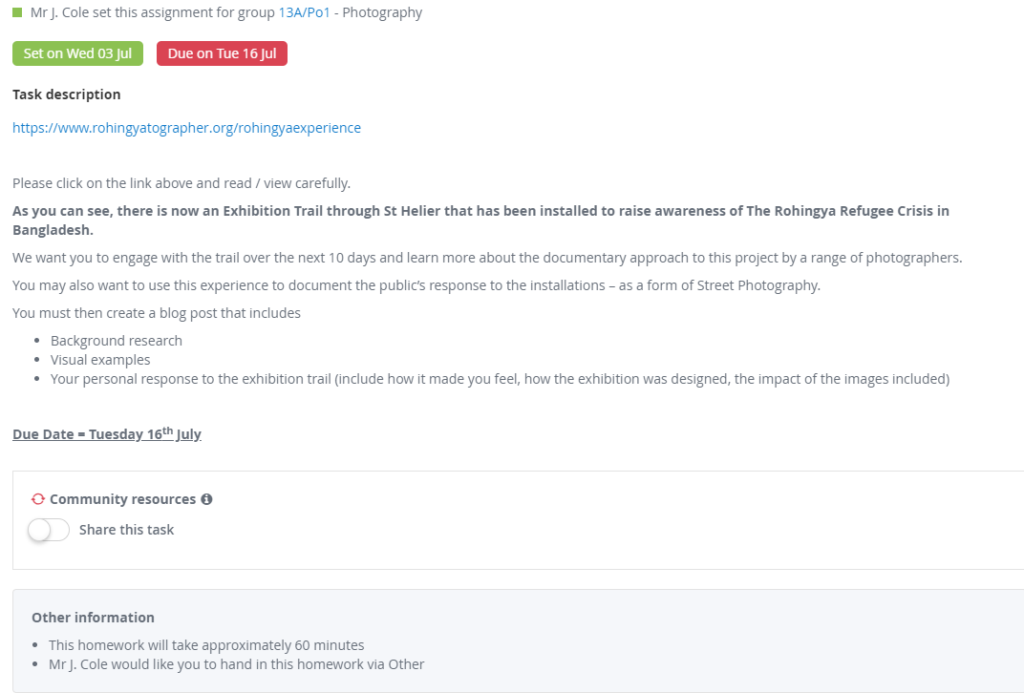
For this photoshoot, I used a dog and a snake to create a a sense of empathy. I used plastic to wrap the snake around to create the idea that a snake is surrounded with plastic all the time in their normal life. For the images of the dog, I


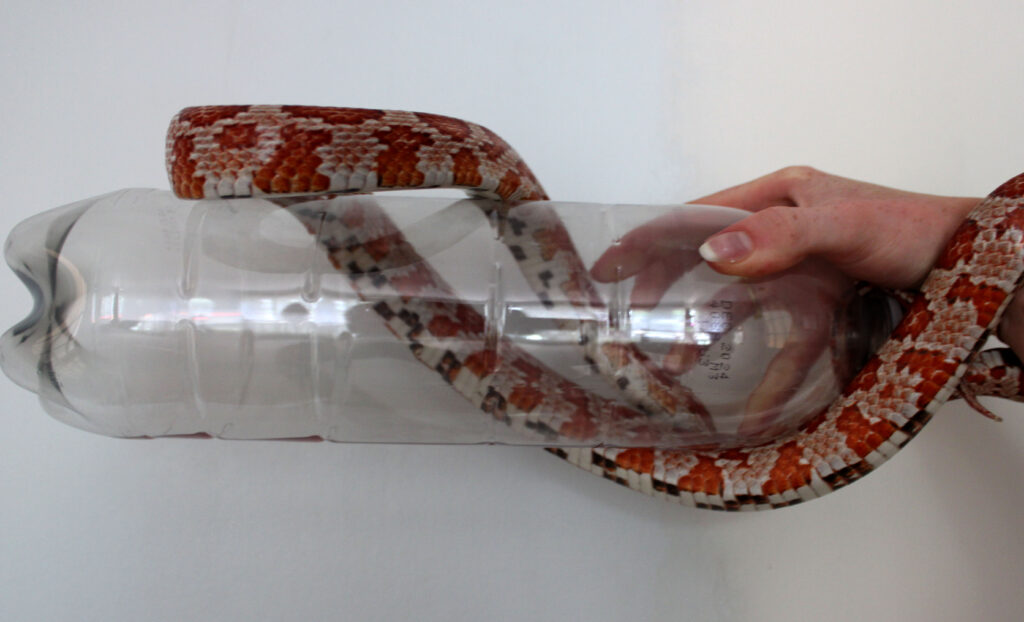

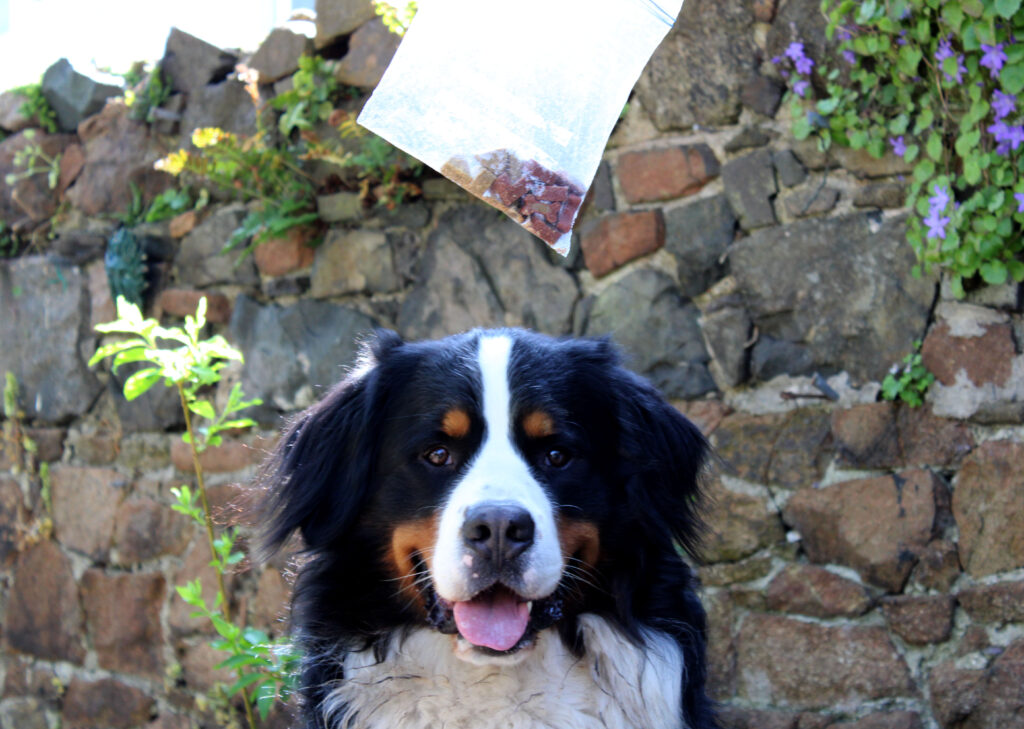
These are my final images that I have edited. For these images, I downloaded them on photoshop and started by cropping them to cut out any of the empty space around. I then levelled to achieve a good level of brightness and contrast.
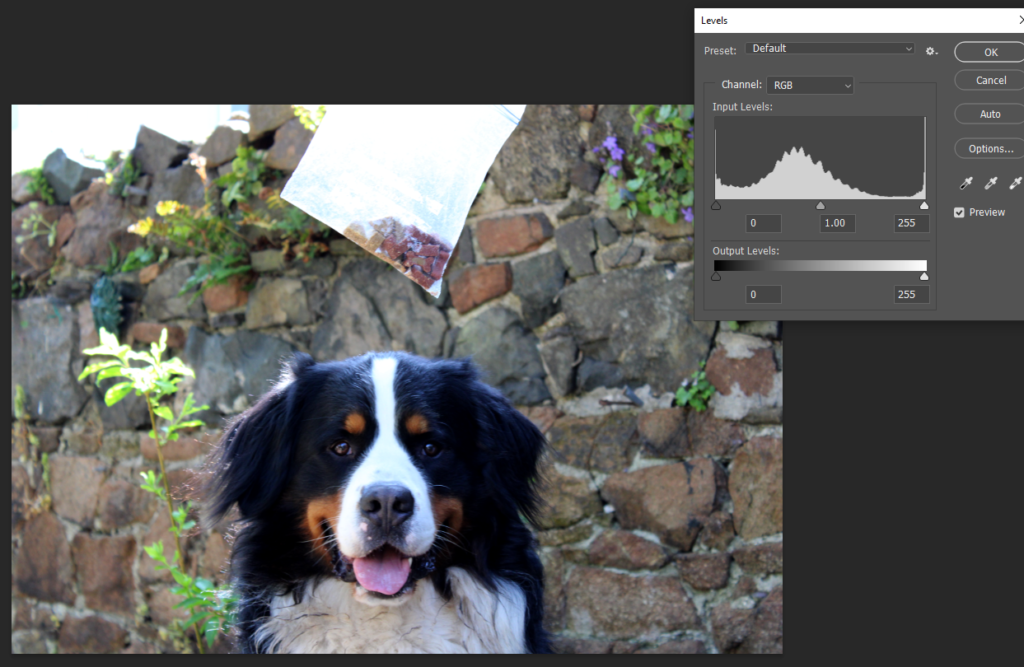
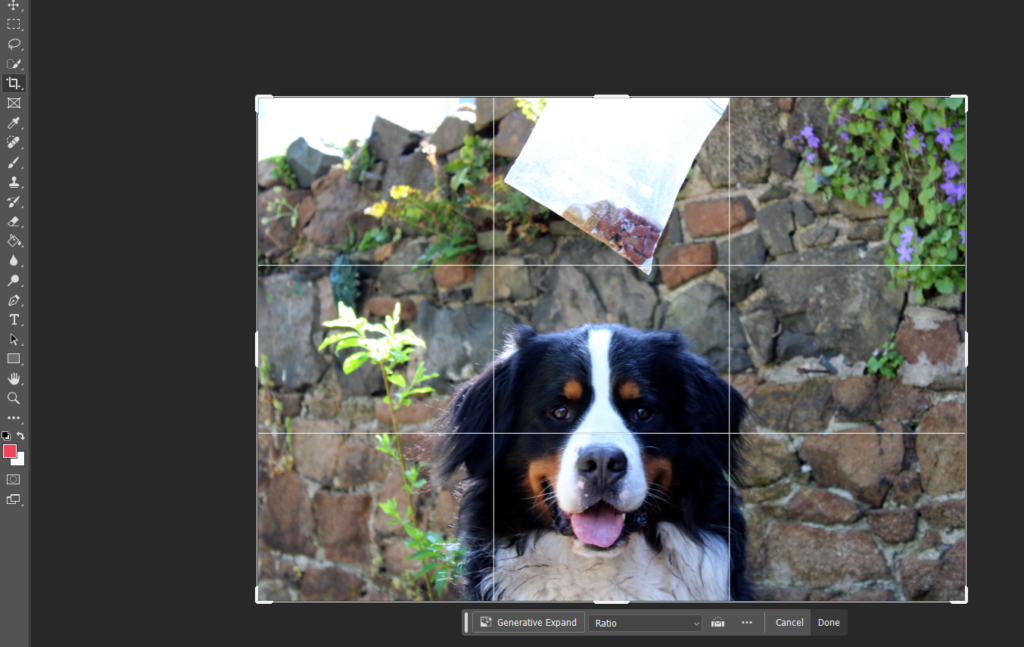
I decided to expand on this photoshoot and so I edited one of the pictures of the snake. I started off by taking a picture that was already levelled and cropped and then proceeded to take the quick selection tool to select the plastic bag and the part of the snake which was inside the plastic bag. Once I had selected the part of the image I wanted, I then pressed shift, Ctrl, U which made the selected part of the image black and white. I did this to portray that the part of the snake that was inside the bag was suffocating and turning black.
This was my final edited image:
